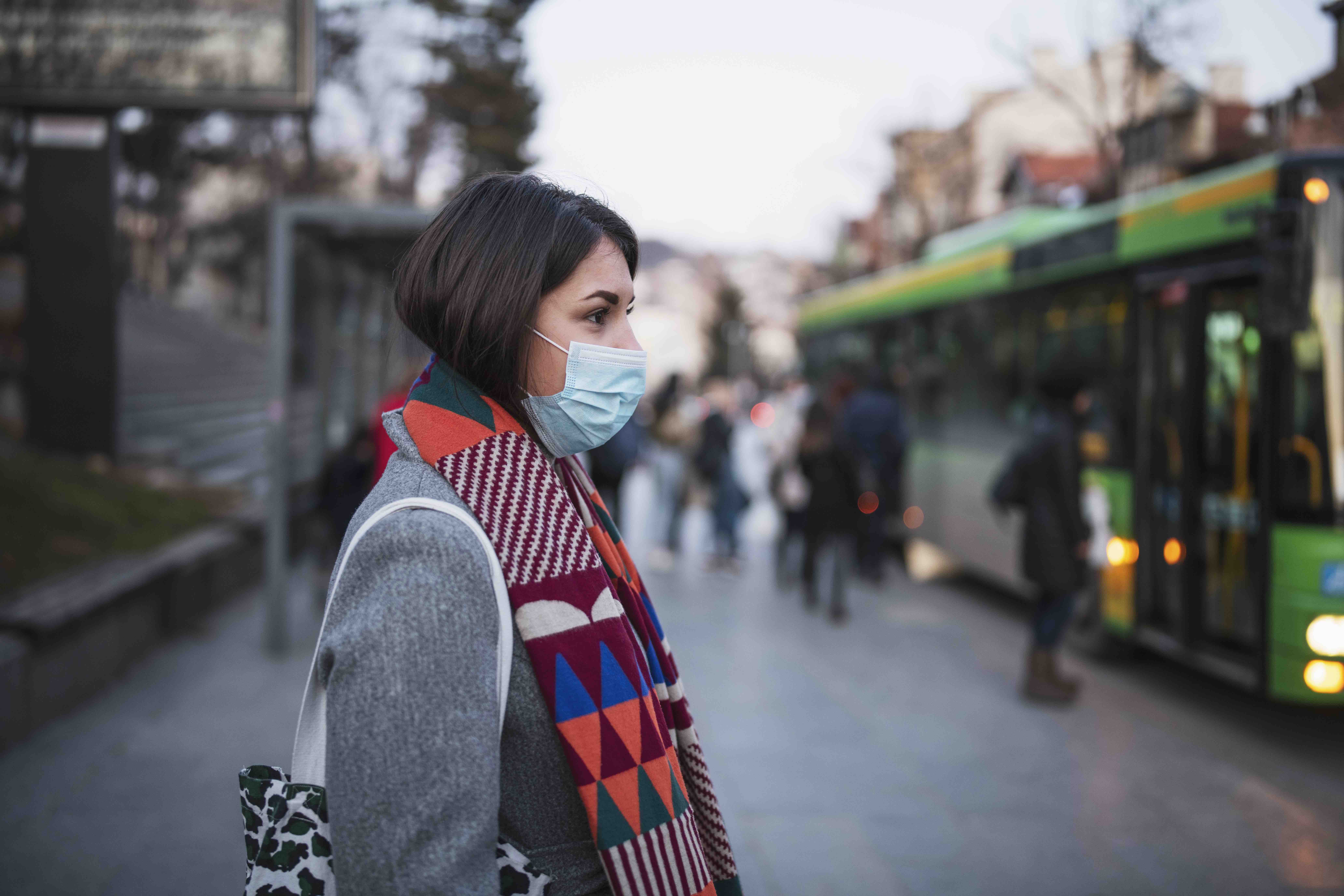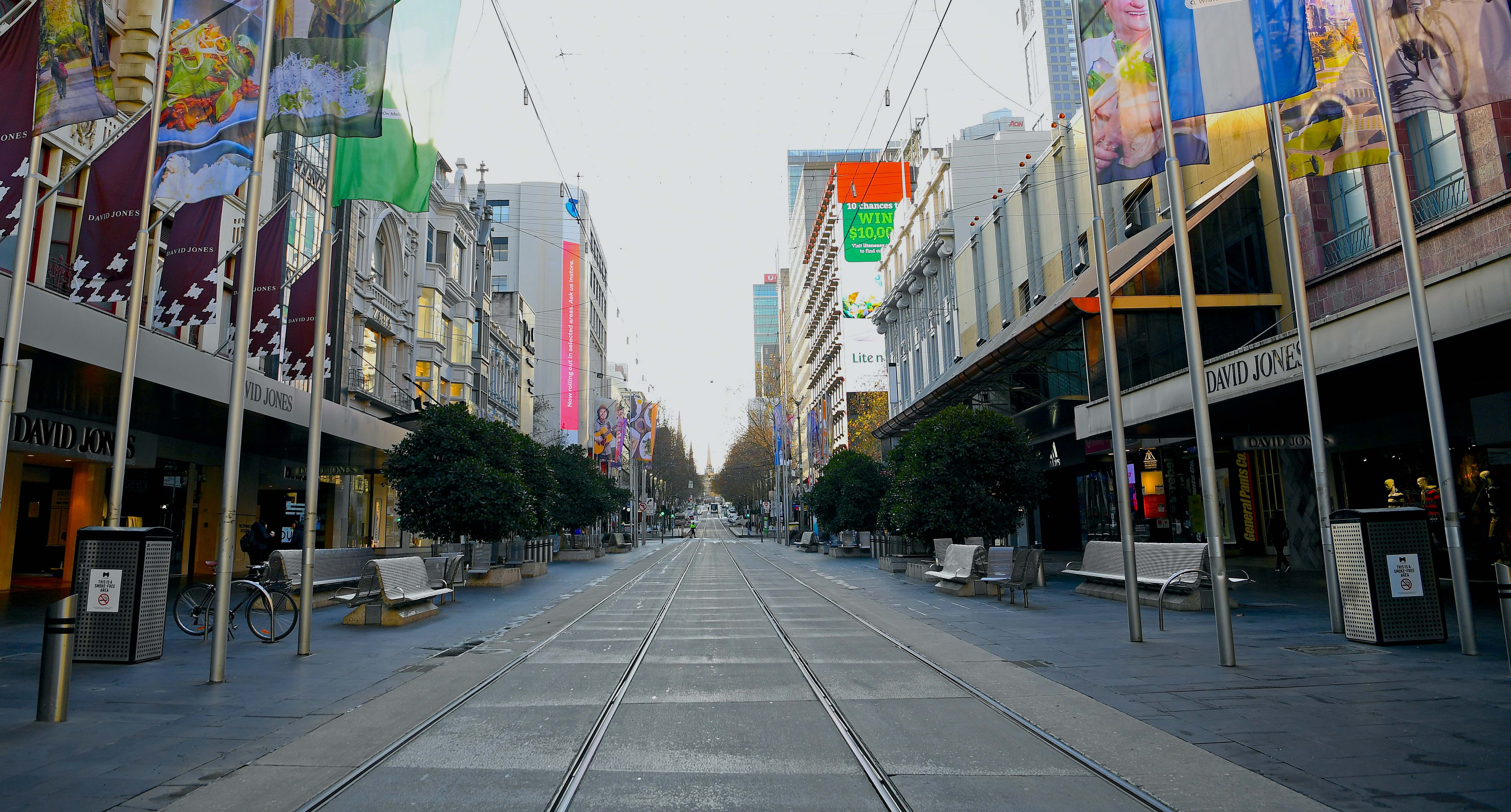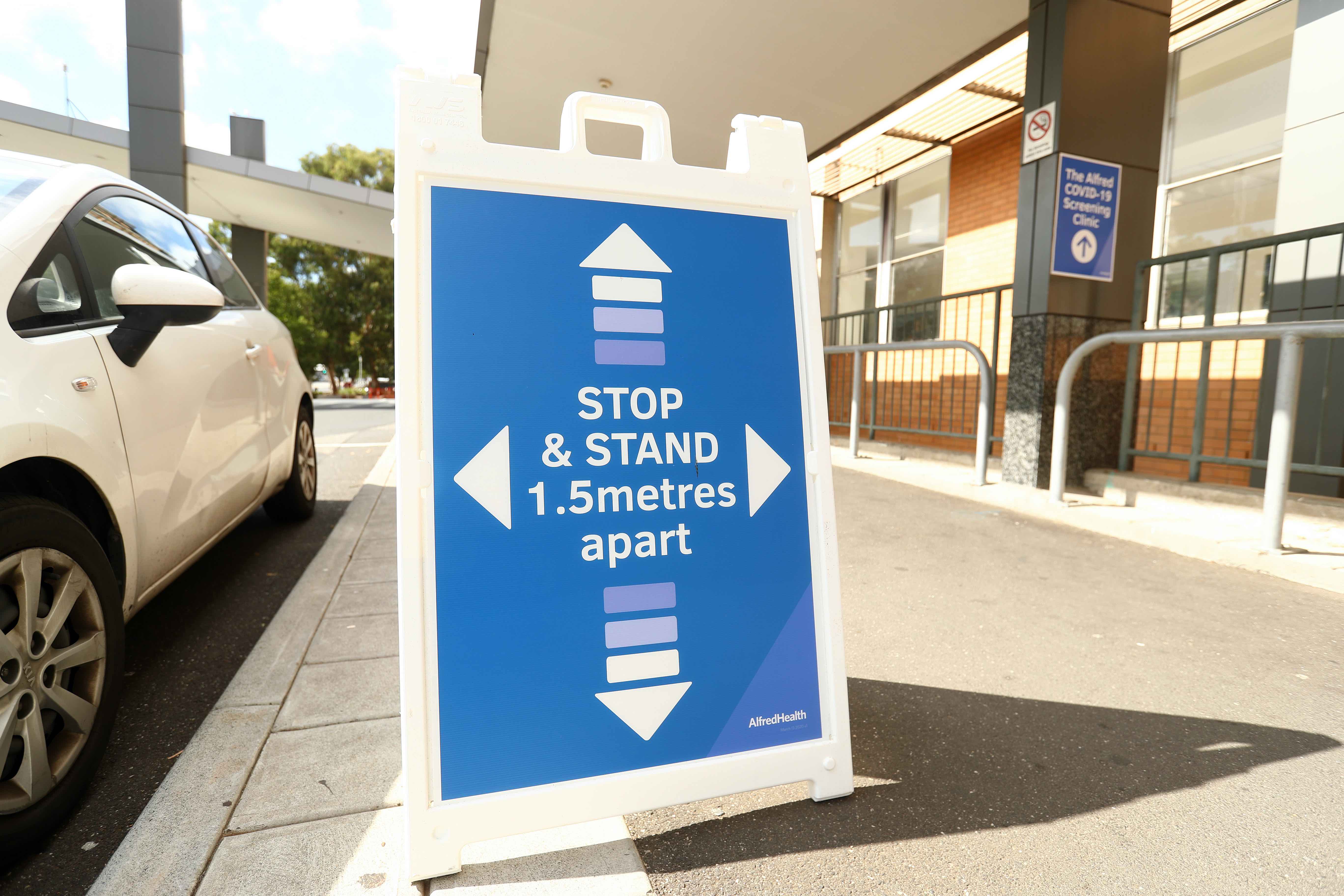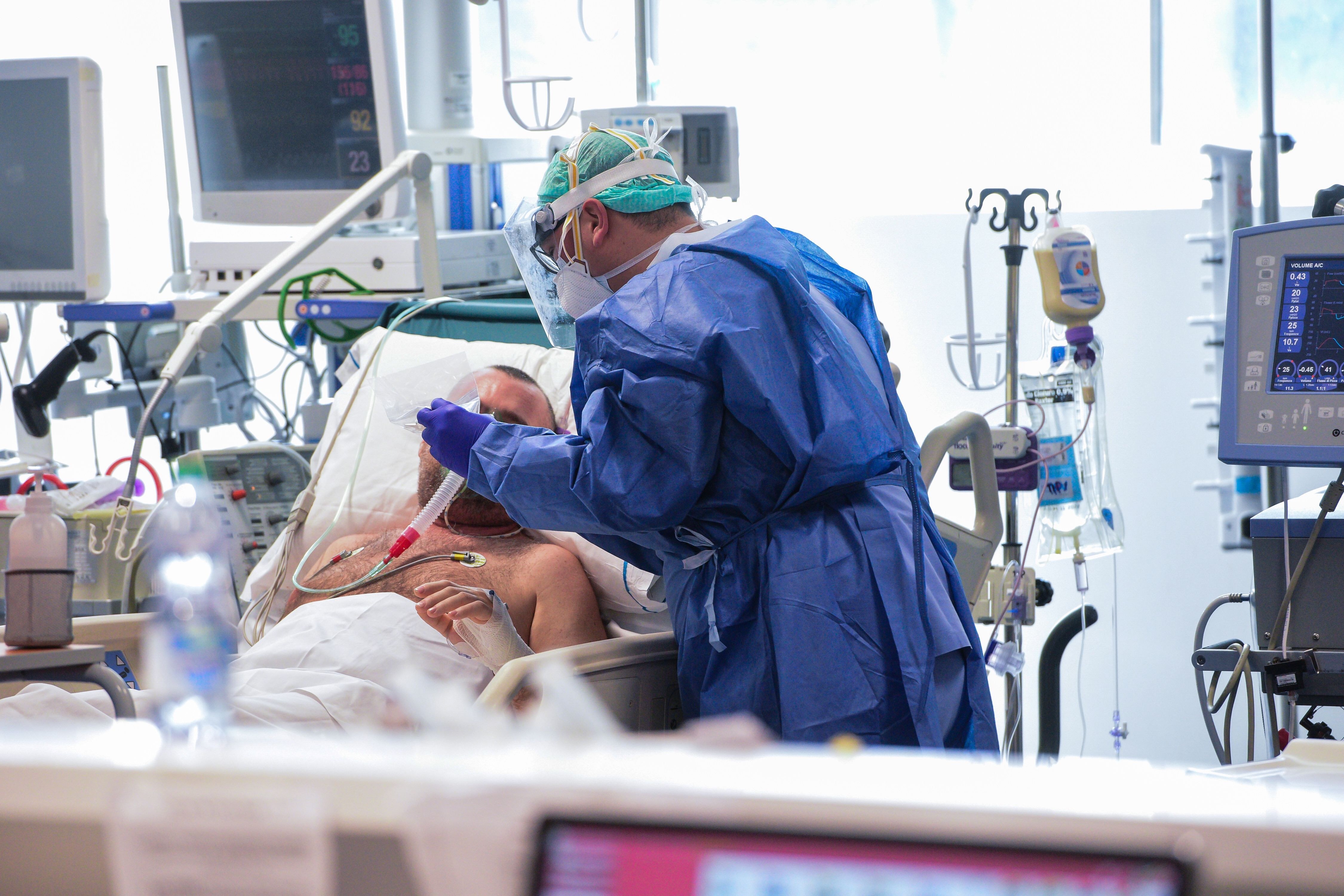
Sciences & Technology
Group testing to help control COVID-19

Dynamic policy models can help us think through how we get to ‘COVID-Normal’. Here the researchers behind the latest modelling explain what it does and doesn’t do
Published 8 September 2020
On Sunday, Premier Daniel Andrews outlined the Roadmap for Victoria to manage its way out of the COVID-19, second-wave crisis. This is a staged plan that considers both the timing and conditions of easing restrictions.
The goal? To return Victoria to a ‘COVID-Normal’ state, where we both aggressively suppress new coronavirus cases and enable the economy and people’s lives to return to pre-pandemic conditions and to maximize the chance we stay there without a serious third wave.

To achieve this, we need to continue our ‘all-hands-on-deck’ approach. Individuals, communities, businesses, healthcare workers and families have made huge efforts and sacrifices to get where we are now.
The Victorian Department of Health and Human Services (DHSS) approached our team in mid-August to assist them think through the options for re-opening. We’re an inter-disciplinary team of epidemiologists, computational modellers, public health specialists, social scientists and clinicians.

Sciences & Technology
Group testing to help control COVID-19
DHHS were aware of our ongoing work since March in modelling both the Australian and New Zealand first wave, and more recently our work on the likelihood that Victoria might achieve elimination in the original six-week period. Our conclusion based only on the Stage 3 restrictions was that elimination was unlikely.
Importantly, our original model for Australia and NZ noted that NZ – given its stricter lockdown, earlier public health actions and smaller initial caseload – might achieve zero community transmission (e.g., local elimination) in early June. This proved to be correct and held for just over 100 days.
In Australia, we predicted zero community transmission was just 10 per cent likely – not because the virus acted any differently here, but because our social policies and behaviours were set at a less restrictive level compared to our friends across the Tasman.
Given Australia’s lighter restrictions, we also predicted that Australia – some time, somewhere – was likely to experience a significant second wave. Unfortunately, this came true here in Victoria and we are now dealing with the consequences.

So, our team was motivated to work with DHHS to contribute in assisting Victoria and Australia to get back on track, in control, and stay there.
We offered our time and the use of our model (and the University of Melbourne’s supercomputer) free of charge, enabling the Government to run various policy scenarios, analyse the results, and come to their own conclusion about whether they trusted our results, and what risk they thought was reasonable to tolerate not just for next week, two weeks, or the next month, but to Christmas and into next year.
We would do this for any Government, State or Federal, if asked.

Health & Medicine
Better engaging culturally diverse communities during COVID-19
The purpose of our model is to help us understand the likely outcomes of possible policy actions taken by Governments in response to the SARS-CoV-2 outbreak over time.
In doing this, the dynamic policy model works as a decision support tool to aid the development of evidence-based policy. It isn’t intended to function as a crystal ball that accurately predicts the exact number of cases Victoria will experience on a given day in the future. But it gives a good sense of what outcomes are most likely.
The model has been specifically calibrated and targeted to consider conditions in Australia and New Zealand after being initially (back in April) calibrated to Wuhan, China.
For this piece of modelling, it was rebuilt to reflect specifically Victorian conditions, using DHHS’ expert advice and local evidence on case numbers, current contact tracing performance, policy settings, community adherence to those policy settings and their impact on virus transmission.

The model can be reasonably adapted by other countries or regions wishing to use it for their own purposes or intervention planning and we are currently doing so internationally.
The patterns observable in the model relate to disease progression through a simulated society as a result of either unmitigated spread or in response to staged social/physical distancing, prophylactic technical or equipment adoption measures – like track and tracing apps, mask-wearing, and school attendance policies – and other related economic and social restrictions enacted and/or lifted over time.

Health & Medicine
Gathering lessons from COVID-19 health workers as they happen
A model is just that – a model. It can’t account for every intricacy of society. It isn’t designed to effectively deal with for example:
The number of unknown source cases (community transmission or ‘mystery cases’)
The differences in infection rates in geographic areas – including high-risk Local Government Areas and low-risk regional areas
The relative risk of catching coronavirus from going to work in certain industries or settings beyond essential worker classifications (for example making distinctions between risks for abattoir and healthcare workers or within hospitals)
How the weather might affect transmission risk
When a vaccine will be available

What the risk of new cases arriving from overseas is
Fine details about the testing and tracing system (e.g., how it works)
Details about differences in demographic risk outside of students and essential workers, or
How different contact tracing speed and quality might affect case number trajectories.
While we didn’t empirically test how changes in the contact tracing system would affect case numbers, we did base the model around current Victorian contact tracing performance.

Health & Medicine
Will the “hard-hitting” COVID-19 ads have the desired impact?
Publicly available metrics show that this appears on-par with NSW. Specifically, we modelled a likelihood of any infected person being traced and isolated by the system at a likelihood of 25 per cent per day, resulting in around 80 per cent of people being isolated by day 5/6.
Another limitation of our work is that in the real world as the case numbers get low, the capacity of local response teams might reasonably increase alongside intense localised action to contain fresh outbreaks.
The policy triggers and settings in the model represent various times and conditions that a policy-maker (in this case the State Government) might choose to trigger moves to either tighten or loosen social restrictions.
For example, a laissez-faire government might move to what we remember as Stage 3 when we are still at 250 cases per day, and they might decide that tomorrow is the day they are going to do it. Conversely, another government might decide that we won’t relax any restrictions at all until we have reached elimination – whenever that occurs. We can model the outcome of these differences in policy settings.

Of course, most jurisdictions around the world are somewhere between these two points, and that’s where it is helpful to model where that ‘sweet spot’ might be.
However, without knowing what the Government is thinking (and we didn’t know during the scenarios we tested), the model doesn’t ‘suggest’ optimal actions that the Government might choose. Nor does it ‘suggest’ over what timeframe they might re-evaluate their decisions, whether it be each day, week, or fortnight for example. Nor does the model determine how stringent restrictions should be at each level.
The model simply shows the Government what our estimates of the short and long-term consequences of their policy settings and decisions might be.

Some results of our model can be found on DHHS’s website. Our most important finding is that the trigger chosen for when to significantly ease restrictions greatly affects the risk of a resurgence and consequent lock-down by Christmas. If a lax fortnightly case average of 25 cases per day is used, the risk of a resurgence that may lead to a Stage 3-style lockdown was just over 60 per cent. A more stringent five cases per day threshold lowered that estimated risk to just three per cent in the settings provided to us.
It is important to make clear that we haven’t directed policy with our model. The Government has no obligation to heed the results of our work anymore than it might heed the results of others. We stress throughout that it should be read in the context of other expertise and local circumstance.
It is a clever model. It can help people think through the potential outcomes of policy scenarios. But ultimately – and especially at very low case numbers or outbreaks in specific locations – it will never be as clever as experts on the ground.
This is a challenging period and the modelling provides additional support to assist the Chief Health Officer, the state and others’ decisions in complex times and systems.
Further information on the model is available in an appendix here.
Banner: Getty Images